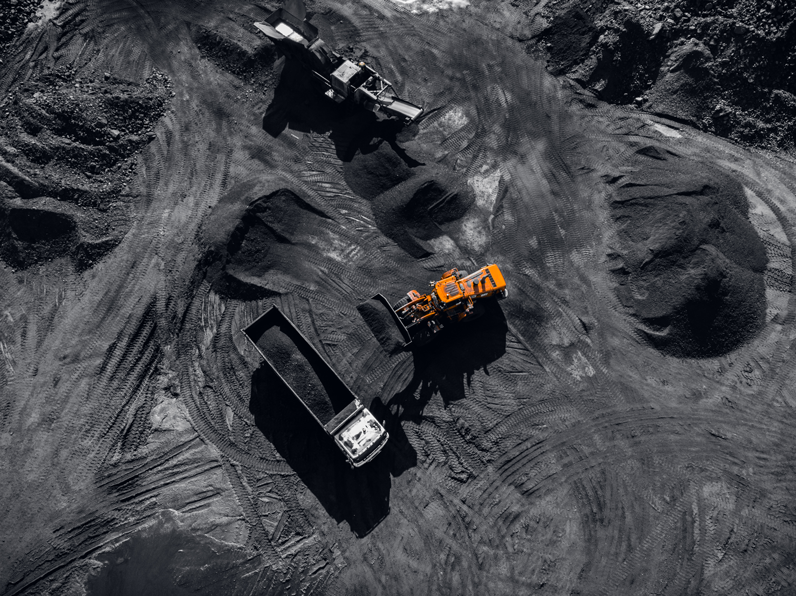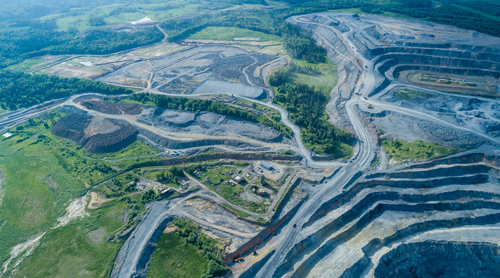How do you determine the efficiency of a maintenance strategy?
A maintenance strategy underpins the performance of a company’s assets, everything from trucks and drills to crushers and conveyors. As most mining organisations realise, having a proactive maintenance strategy is critical to ensuring each asset performs at expected levels while also reducing the risk of unplanned downtime and protecting employees' health and safety.
But how can an organization determine if its current maintenance strategy is effective? In our experience as asset management and optimisation experts, an effective, sustainable maintenance strategy is one that meets business requirements, balancing both cost and risk. It’s also flexible, with an ability to be adjusted alongside an organisation’s changing business needs.
In this article, we look at ways an organisation can measure and determine whether its maintenance strategy is working, proving to decision-makers that investing in the right expertise and technology is worthwhile.

Does your strategy fit your business?
The purpose of having a maintenance strategy is to ensure a company is maintaining equipment in line with their expectations. An effective strategy looks to minimize and eliminate any reactive intervention which can cost the company time and money. Equipment failure can also be a risk to employees' health and safety and even damage a company's reputation.
A maintenance plan is not likely aligned with the company’s needs if assets are not meeting their performance expectations – whether that’s asset availability being consistently poor or maintenance spending and intervention being above the budget. Conversely, signs of a good strategy are when the asset is regularly meeting its performance requirements and the maintenance work remains within the allocated budget.
An important consideration to the question of ‘Does you strategy fit your business?’, is that the business needs are never static and need to react to internal and external influence. An operation may be approaching its end of useful life, and the business requires assets to be winding down – if maintenance strategies are not tailored to consider the full asset lifecycle and upcoming disposal, there may be major overspend on maintaining assets which are not required.
Similarly, if there is external pressure on commodity prices the business requirements may change to expand or increase production to capitalize on the situation– if maintenance strategies are not tailored to account for increased asset utilization, the assets may be significantly under-maintained which could lead to poor performance and increased reactive maintenance costs. In our experience, a good maintenance plan, which balances risk and cost, is regularly updated as the business's needs evolve. It’s part of a company’s continuous improvement process.
Using technology to hone your strategy
More companies rely on the latest technologies to better understand the proper maintenance and budget mix for their assets over the short, medium and long term. Orien helps asset intensive companies strike the right balance between asset performance and budget by providing the systems, structure and methodology to guide the decision-making journey.
In practice, this looks like:
- If there are frequent breakdowns or inconsistencies in asset availability, Orien helps decision makers to ask the right questions to ensure the effective maintenance strategies are being assigned to the right tasks. It provides the framework to review the strategy in-line with Reliability Centered Maintenance (RCM) and ensure failure modes are identified and appropriately mitigated. The technology enables clients to model and simulate the new structure, including cost and risk levels.
- The costs of winding down, disposing and replacing assets represent significant cost to an organisation and pose critical risks if not managed correctly. Using an asset management tool helps organisations ensure that the full lifecycle of assets are considered when building their strategies, planning for these significant end of useful-life well in advance. Orien also allows an organisation to take this disposal and replacement planning to the next level and can incorporate the full range of financial and tax considerations (like depreciation, tax, salvage values, etc) so that the modelling and forecasts for these major decisions are accurate and dependable.
- An organisation needs to have the flexibility to react to market changes and capitalise on opportunities which arise, like an increase in commodity prices. This flexibility is achieved through the changing needs of the production asset and the ability to ramp-up productivity. Creating a maintenance strategy using a dynamic asset management tool gives the power to the maintenance teams to effectively update strategies to ensure performance is maintained. The power of Orien is to streamline this process with an RCM framework, but also allow quick regeneration of budgets and total lifecycle models to have full visibility of the effects of changes.
The strategy, if on the right track, should regularly result in cost-saving or performance improvements. Our software has consistently provided clients with either performance or budget savings, including work we’ve done with mining giants such as Anglo American, Newcrest Mining and BHP.
In our next and final article of this series, we look at the challenges of creating effective maintenance strategies using traditional tools and how the latest technology is helping companies build more effective maintenance plans.
Our experience
Orien is a cloud-based asset management solution relied on by the world’s largest asset-intensive industries. Developed by Ausenco in collaboration with leading industry experts, Orien makes it easy to consolidate, collaborate on, and control maintenance strategies and budgets across your organization to keep assets working for you. Orien’s clients manage lifecycle costs and reduce uncertainty by understanding the critical activities that keep their operation running. With teams located worldwide and 24/7 support, Orien puts you on the path to better asset performance.
Our team of experts are ready to help, reach out to Jon Garnaut to learn more.

